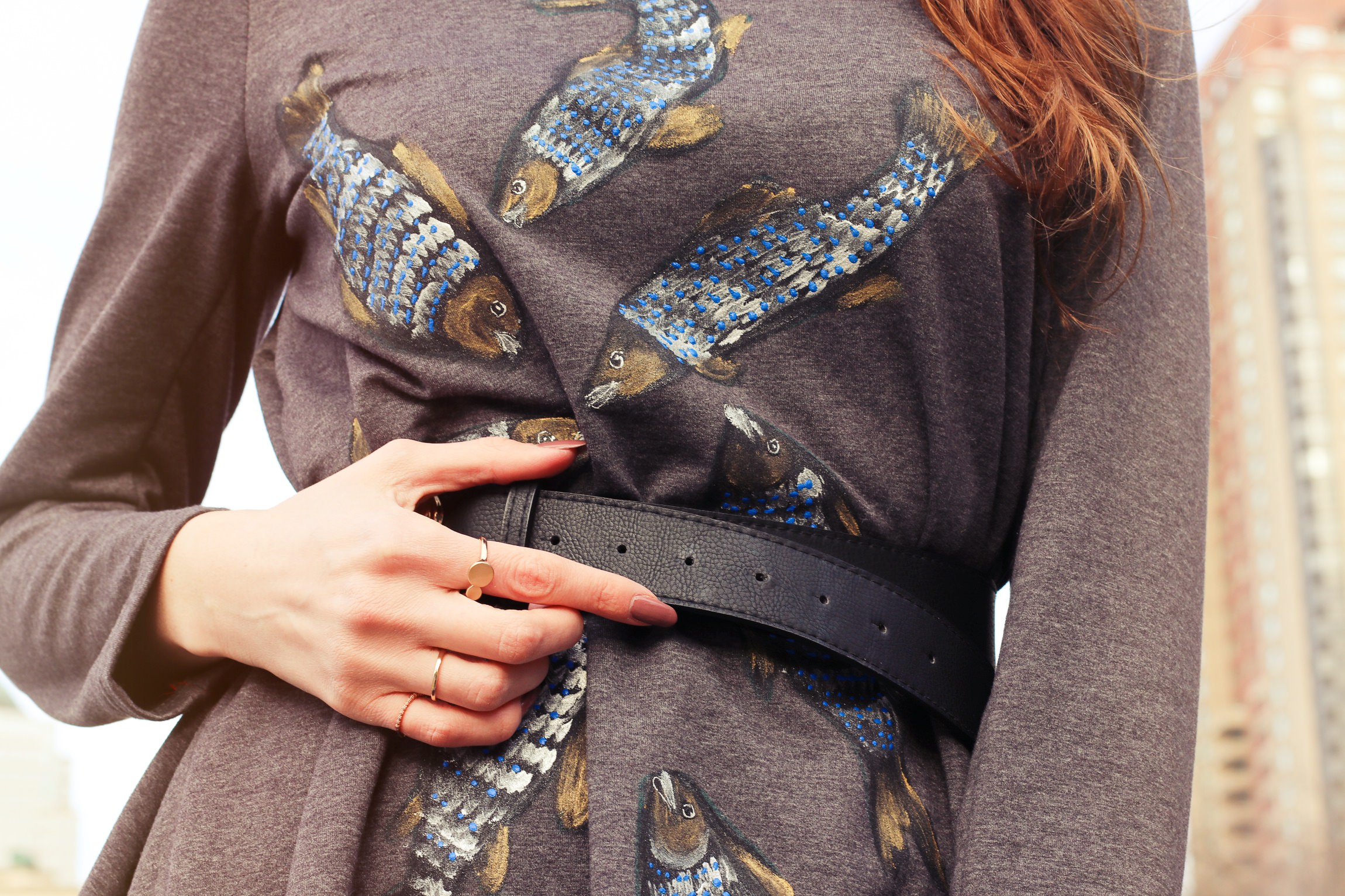
Fast fashion’s horrible impact on people, animals and our planet aside – it’s also destructive to self-expression.
Fashion is such a beautiful instrument: a dynamic industry allowing people to showcase personality traits, moods and life phases through unique clothing. Fast fashion brands are an antonym to unique, heavily inspired by (steal) designs from luxury labels / runways and mass produce WAY too many cheap copies that we’re all expected to want… and express ours styles through. Not a whole lot of expressing can happen with a top worn by half of the world.
Isn’t it the dream to have a closet full of unique pieces that are exclusive to YOU and YOUR PERSONALITY?
Let’s dig into how you can achieve that.
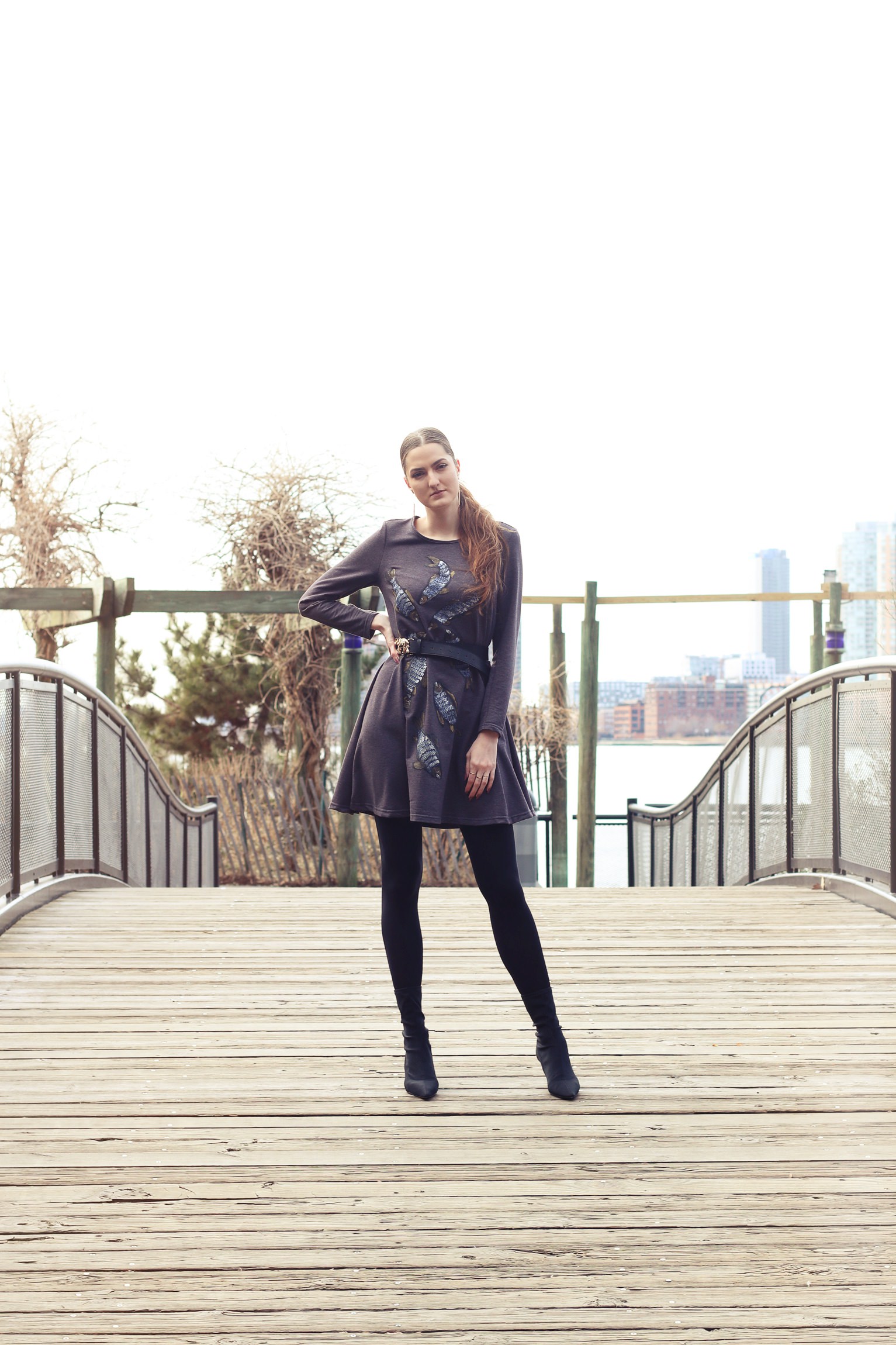
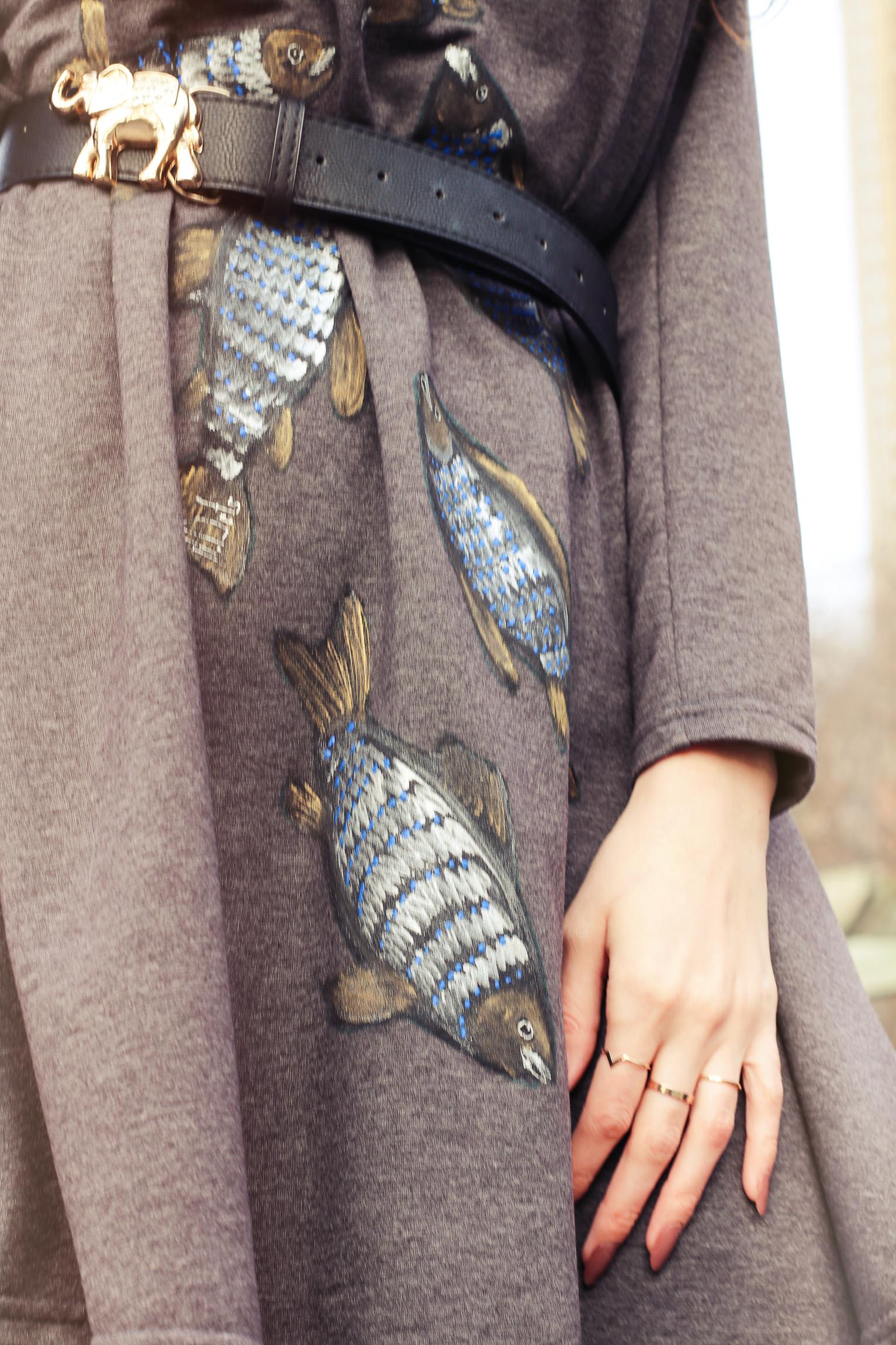
Typical feedback to “quit fast fashion” is “exclusive unique pieces are too expensive”. False.
Another gem is “it’s convenient to shop fast fashion”. True – but not a reason to continue down that path.
Nothing worth having (or experiencing) comes easy – building a unique wardrobe and waving goodbye to fast fashion requires certain changes in habits, in this case: shopping habits. This is where change-averse shoppers usually have a hard time and reply with one of the options above. But no pain, no gain, my fashionable squad…
Scroll down for my 4 rules to having a unique closet that, sure, may not be as convenient as running into 1 of the 20 H&Ms around the corner – but serves as a cool unique shopping alternative.
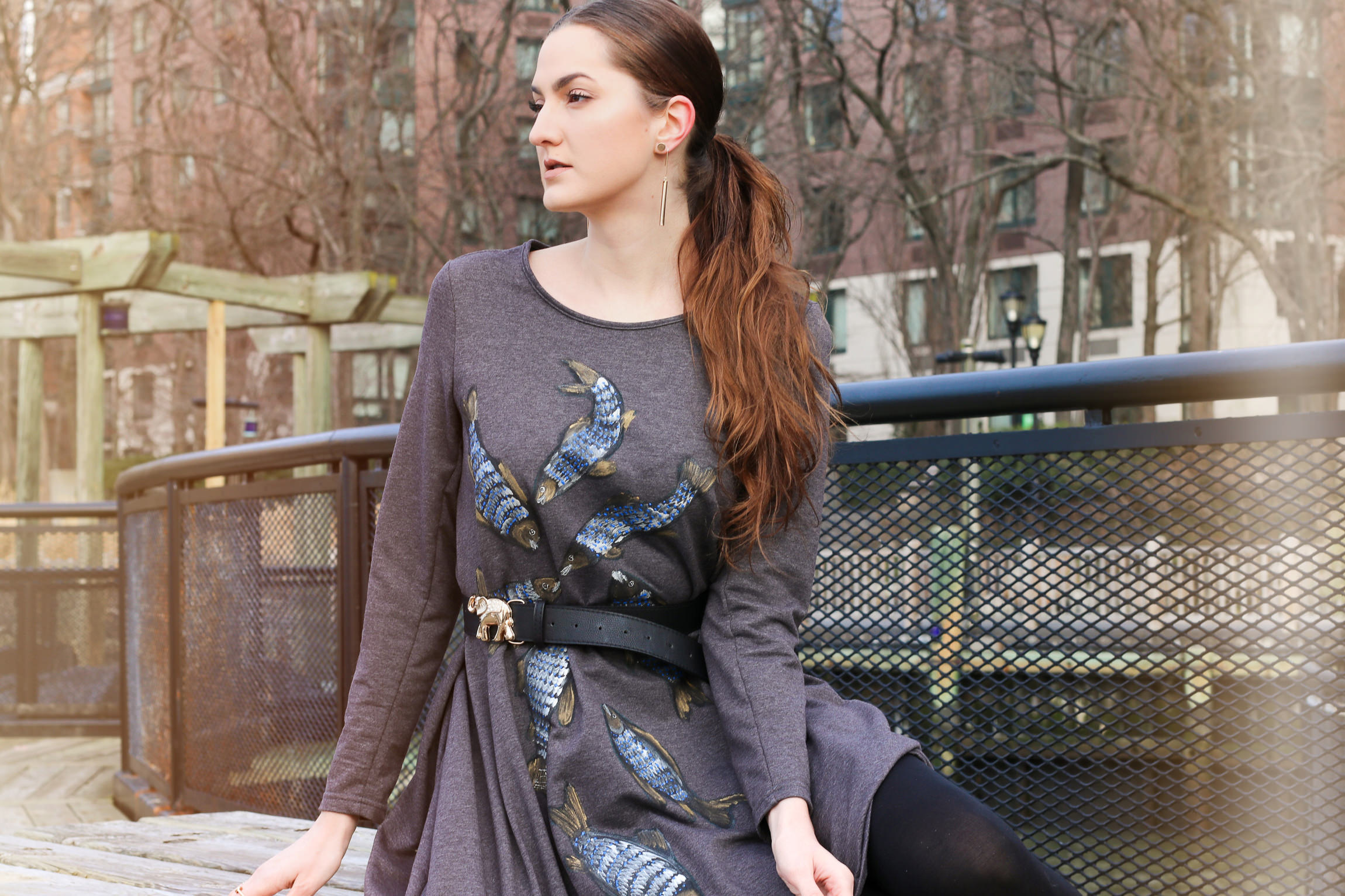
Thrifting is the #1 best sustainable shopping option in building a unique closet.
When you purchase vintage clothing, not only do you get a one-of-a-kind item, special to you alone, but your shopping isn’t triggering any new garment production.
Your item comes with a story. I feel cool telling someone my dress is 80s vintage – I committed extra effort to find it, care for it, style it. Not the same feeling as telling someone your dress is from Boohoo…
Thrifting is also fun. Yes, it is more work than window shopping at the mall, but at the end of the day, it’s thrilling. You never know what you’re going to find and bring home.
Thrifted pieces can also be very inexpensive, while having much better longevity. So you may be investing the same amount of dollars as fast fashion but get way more use out of the item(s).
Great thrifted garments can literally fit any fashion budget – running anywhere between low double digits, to higher doubles, to low triples for some special vintage designer pieces. You just have to know where to shop and set your expectations accordingly. Which brings me to my next rule…
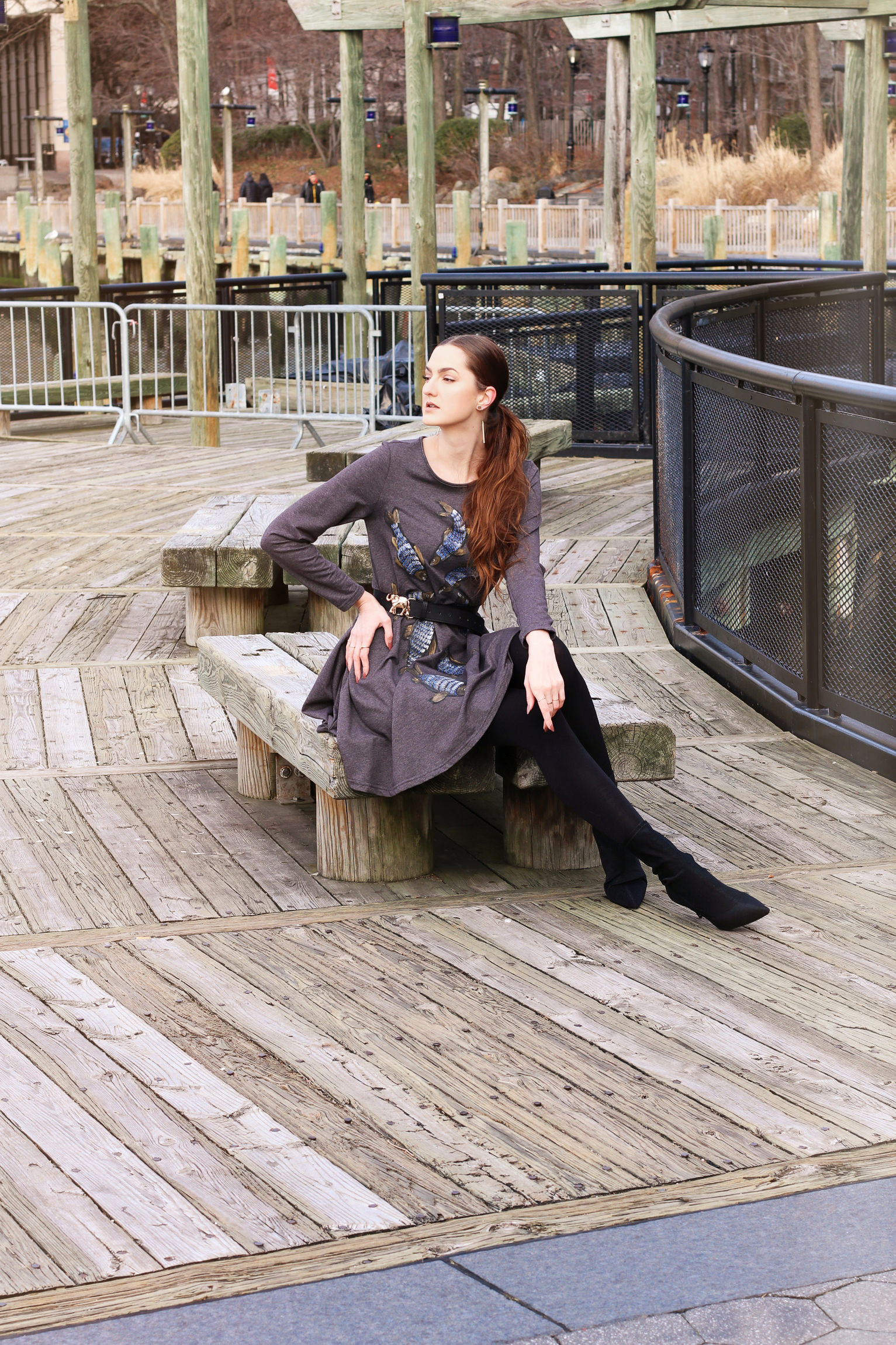
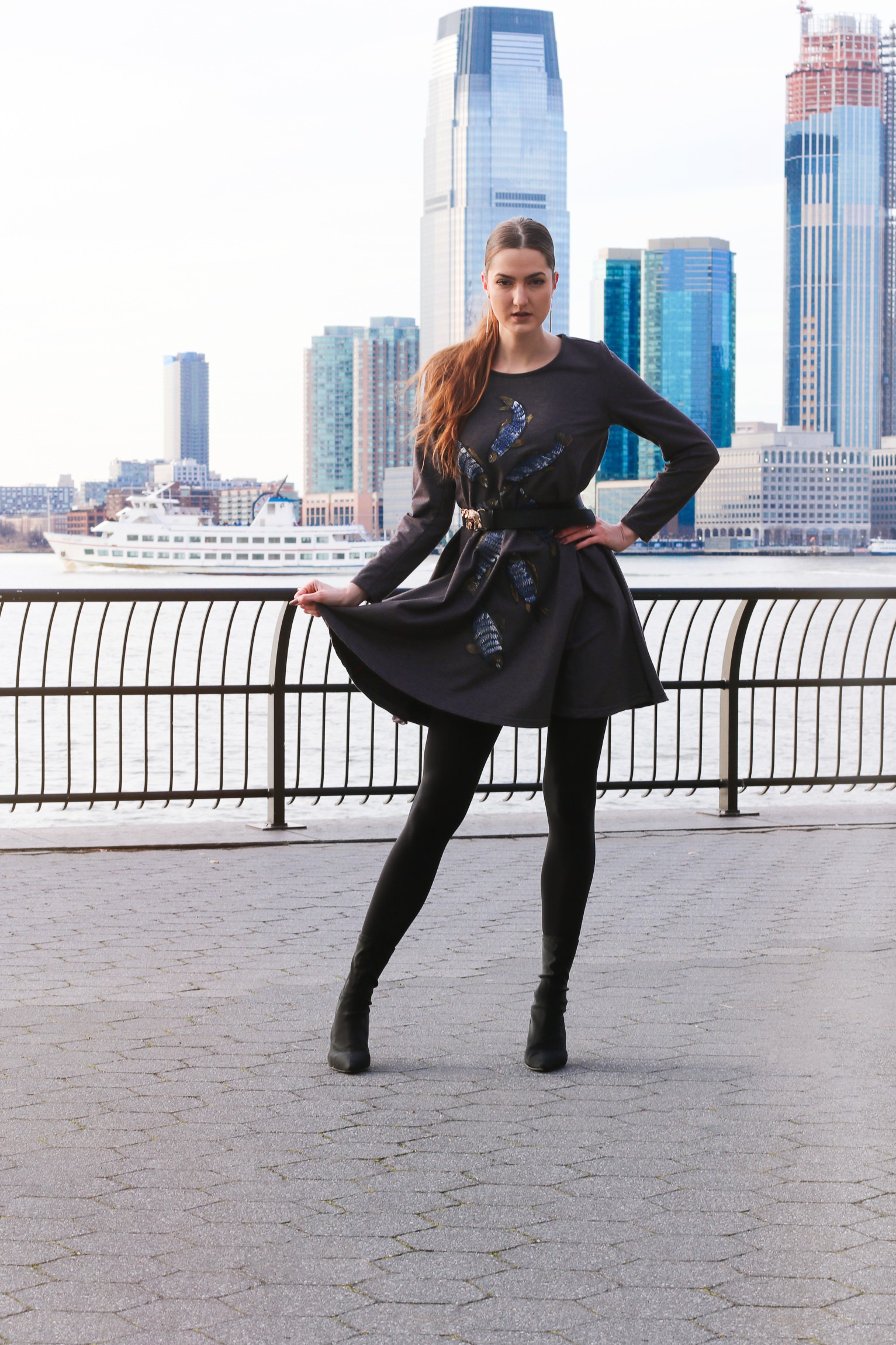
This is where that whole convenience thing comes into the picture. Building a unique closet is anything but convenient. No one serves info of when, where and how much on a silver platter: you have put in the time and effort to research yourself.
If you choose to go thrifting, you have to search for thrift stores and actually physically go exploring to see which one you like best.
I start by researching thrift shops via Google Maps and bookmarking the ones I like on a list I creatively titled “THRIFTING”. I browse Google and Yelp reviews and geo-tagged Instagram photos & stories to get a better understanding of what to expect and whether the style speaks to me or not. (Thrift shops often have unique vibes: bohemian, modern, luxury…) When visiting thrift shops, I talk to the owners and ask a rainbow of questions around where the clothes come from. Some good ole’ investigative journalism right there 😉
If you choose to shop new items, you would need to research the brand’s inventory rotation. How often do they get new stuff and how many of each item do they produce? Email brands you like and ask questions. Inquire what their policies are and how and why they produce their designs. Usually, brands will respond to emails because they want your business and good reviews. Brands that don’t mass produce clothes will usually highlight this fact on their website. Why wouldn’t they!? At the end of the day, creating exclusive pieces is also a marketing play.
This isn’t for everyone, but if you have sewing talent, you’re guaranteed an amazing closet that literally no one else can replicate and 100% reflective of your personality.
I envy people who can make their own clothes – you gifted people are literally materializing a vision and creating a look that is exactly how you imagined it. You don’t just settle for something already available on a mannequin. That is incredible.
Hand-made items will always have the perfect tailored fit for your height and weight, which is a common issue with fast fashion clothing: even if something looks ok on a hanger, it often won’t fit very well.
Also while on this topic, if you do have some extra $$$ in your fashion budget and don’t know what brand to invest in or what luxury piece to add to your closet, I recommend investing in a local seamstress and materialize your own visions in combination with someone else’s talents.
And anyway, when did it become cooler to name drop a brand than name drop your own name?? Let’s change that, shall we? I mean, let’s be honest – how much inspiration are we supposed to find in bloggers posing with a Dior saddle bag or a Fendi print? Tells me absolutely nothing about their personal style or fashion creativity.
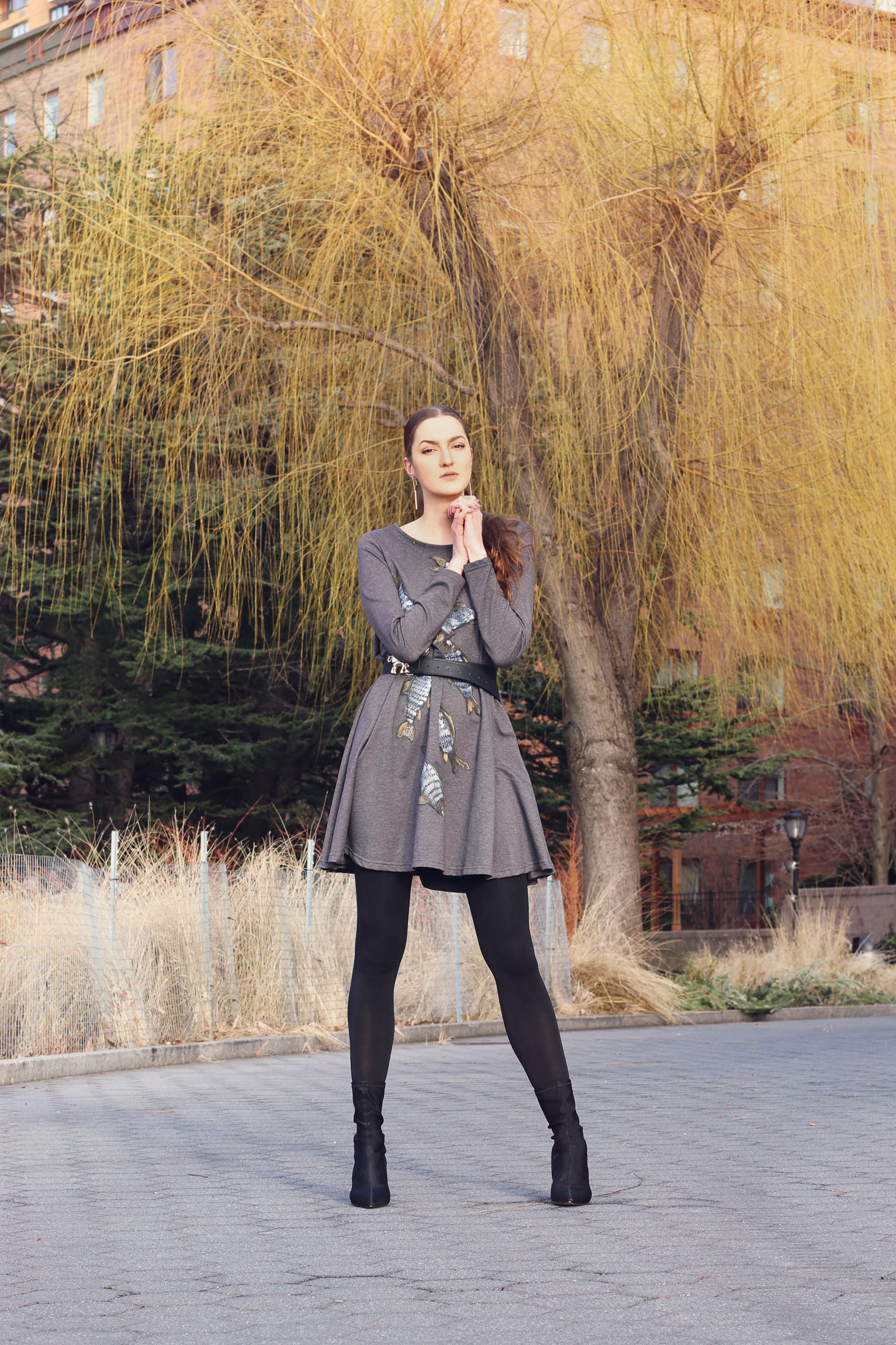
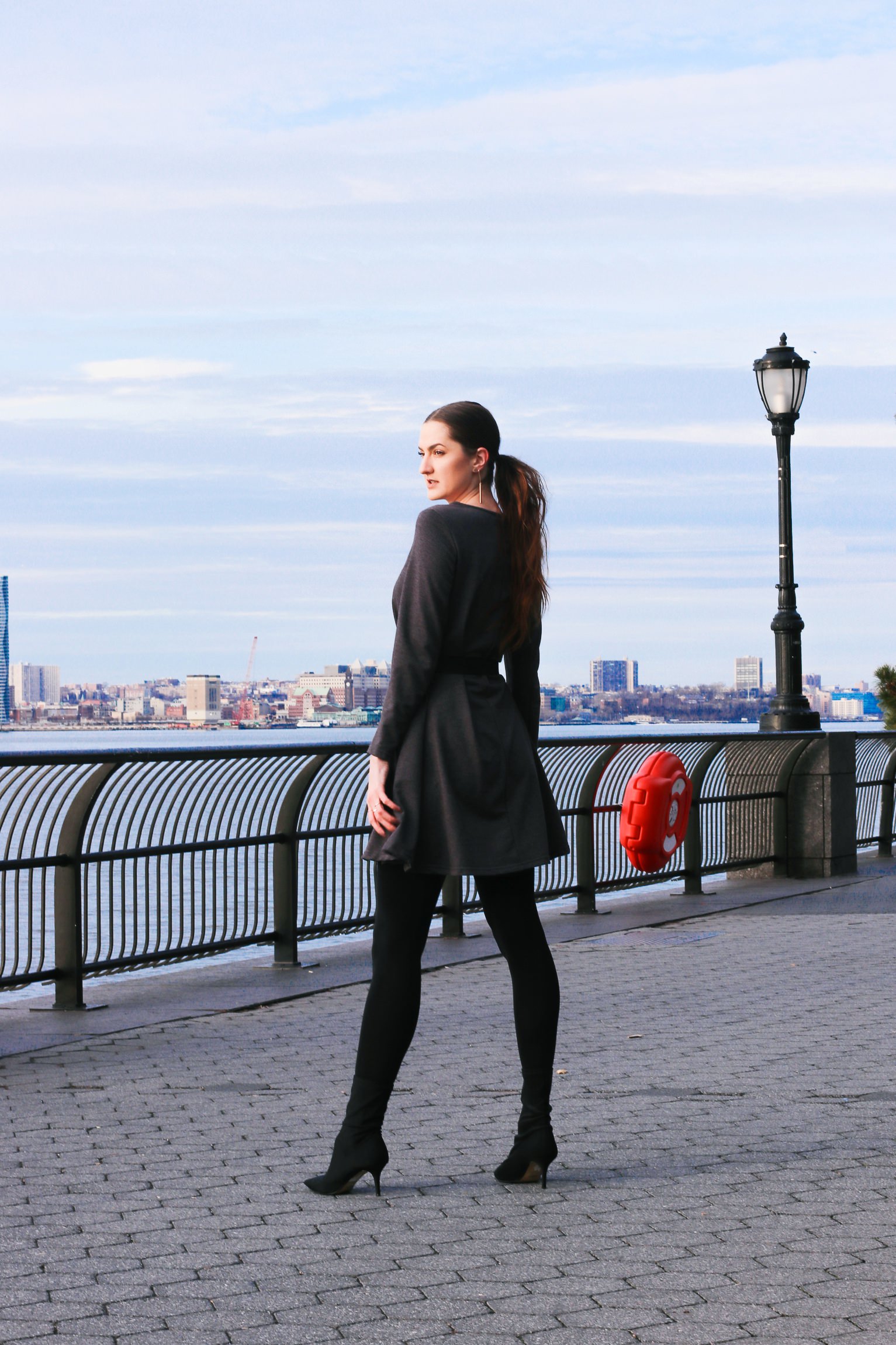
This last one ties directly into doing your own research, and this is where I would like to encourage everyone to think outside the box.
Venture out of the usual Gap-Loft-Zara loop and you’ll find some incredible small creative brands that would impress you, if not more, then just as much as your usual go-to’s.
Research international brands as well – there are a lot of small labels, in need of your support and exposure, who don’t mass produce their pieces for the whole world to wear.
For this post, I decided to wear a dress by a Ukrainian designer Alexander Dets, who’s pieces are titled “art clothing” and feature hand drawn, easily distinguishable designs. The designer blurs the line between traditional art you’d hang on a wall and fashion – creating uber unique clothing that is as close to “one-of-a-kind” as you can get.
The dress is made in Ukraine and I’ve already worn it about 10-15 times over a span of 3 years (spoiler alert: it still feels brand new).
I often look for small Ukrainian labels to shop because A.: I am Ukrainian and love the feeling of supporting local brands that often don’t get the attention they deserve and B.: I often notice Ukrainian brands produce some truly amazing high-quality clothes because they really think outside the box.
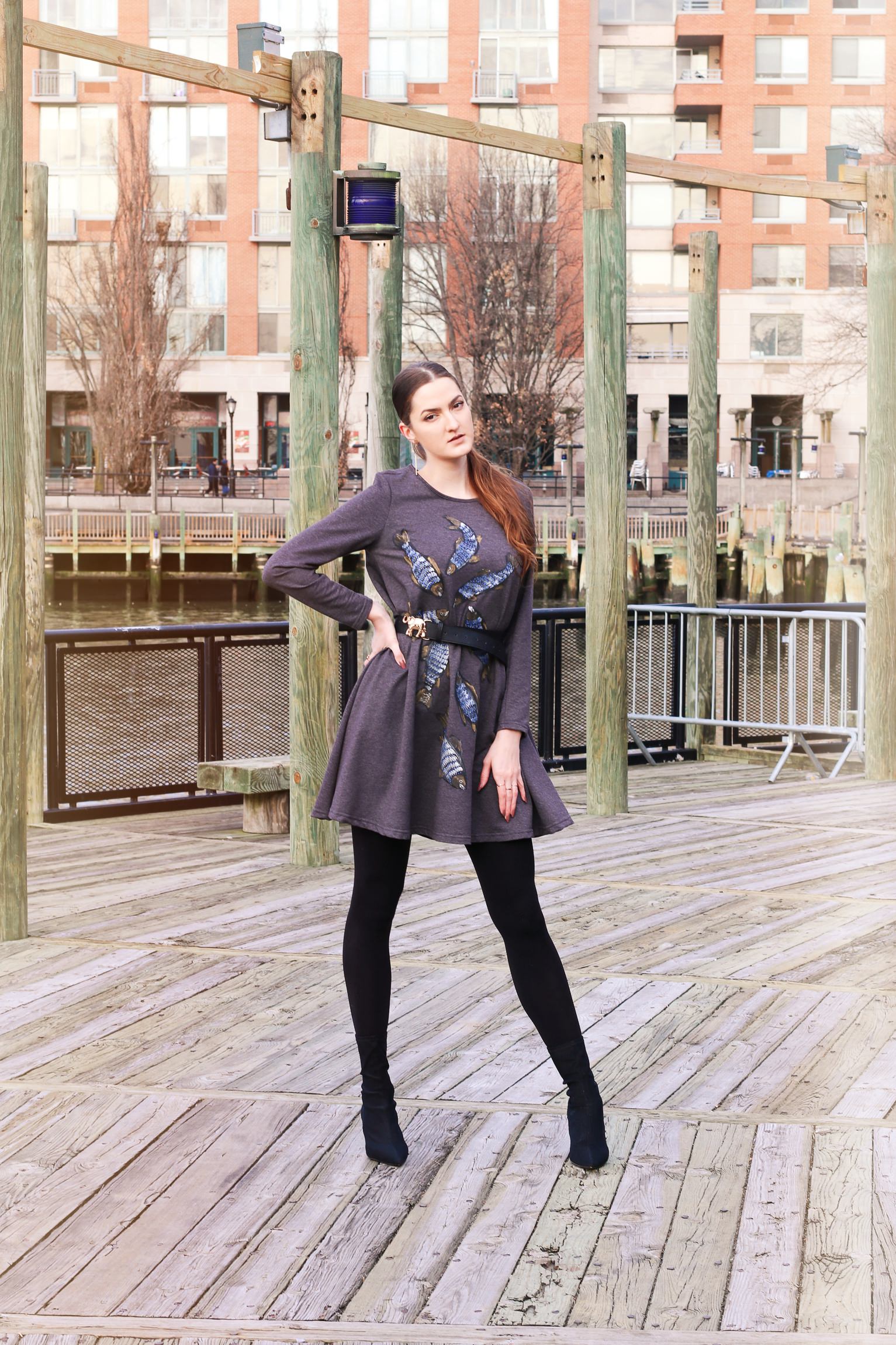
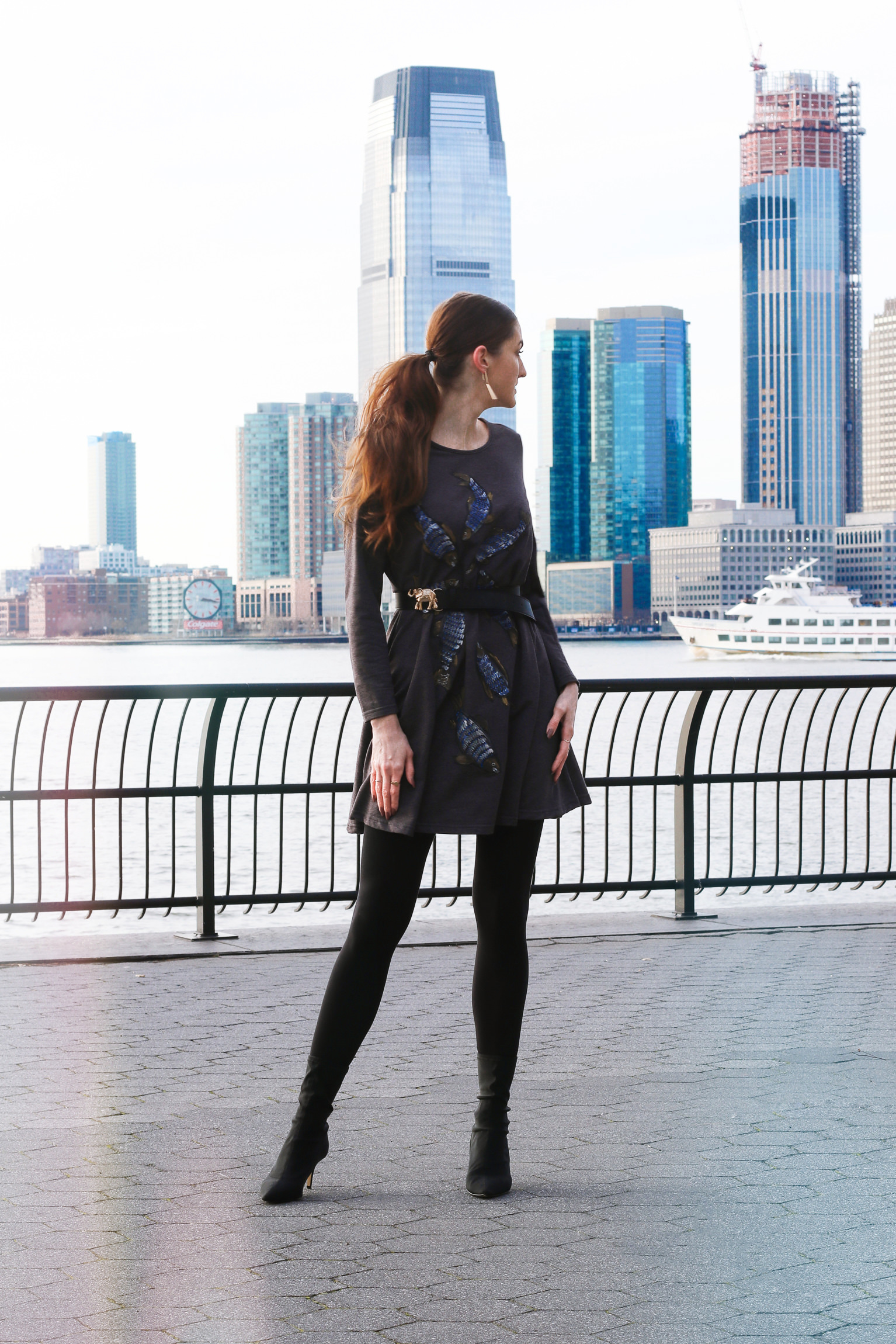
Let’s start a conversation. Tell me a little about yourself and what you thought about the post!
I approach this blog as a diary – taking you on my honest sustainable fashion & lifestyle journey, with sustainability aspects I slowly adopt, struggle with and feel passionate about. I’m building INNABOSE.COM to be an informative, visual & creative resource inspiring even the smallest changes in the world.
GENERAL BLOGGING TOPICS YOU’LL FIND HERE INCLUDE
#sustainablefashion
I’m also a Ukrainian New Yorker – having strong pride and patriotism for both: my homeland 

February 24, 2022 – my digital space shifted to include information about russia’s war on Ukraine, the devastation and destruction my home country is dealing with and the bravery, strength and inspiring spirit they are facing it with. A large portion of my posts today highlight Ukrainian brands, fashion, culture & the strong, incredible Ukrainians making gorgeous clothes you can buy & support local businesses, economy & people fighting for freedom every day. We are also a community who donates to Ukrainian organizations found in any of my recent posts!
#standwithukraine
Inna Bose
2 Responses
I love your article! I’ve always been a 2nd hand fashion girl. As a kid, we didn’t have much money- but I was always the best dressed 😁. Now, it isn’t so much about the $, but I too prefer a unique look, am hooked on the thrill of the treasure hunt AND realize the fashion industry is a very un-environmentally friendly biz. Recycle! Re-use! Embrace being your individual self!